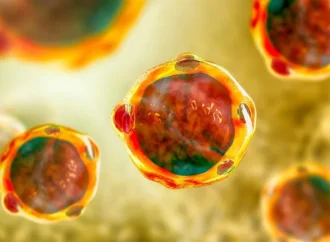Identifying And Understanding Poisonous Mushrooms: A Comprehensive Overview of Toxic Compounds
- Blog, Food Safety, Health & Wellness, Research, Resources
- June 13, 2024
 Food Manifest
Food Manifest 
Authors: Sunitha Poulose & Thara P.B Orange juice is globally celebrated for its high vitamin C and antioxidant content, and is widely promoted as a refreshing, health-supporting beverage. Yet, despite these significant nutritional benefits, the safety and quality of freshly squeezed orange juice deserve closer examination. Adulteration and contamination of orange juice remain a largely
READ MORE
Authors: Kochurani Abraham, Linda Joise George and Sunitha Poulose In Kerala cuisine, few items are as iconic and essential as the humble pappadam. Crisp, aromatic, and golden when fried, it’s more than just a side dish; it’s a staple of everyday meals and an inseparable part of festive dining. Its importance is especially evident during
READ MORE
Authors: Sunitha Poulose, Kochurani Abraham, & Linda Joise George Introduction Food sellers and suppliers often adulterate essential staples like rice, wheat, and pulses to meet rising demand and outpace competition. They mix in crushed stones, sand, or plastic beads to increase weight or volume. Some even spray water to make grains heavier. These harmful practices
READ MORE
Authors: Sunitha Poulose & Kochurani Abraham Cassava is a widely consumed staple, valued for its high carbohydrate content and versatility. It serves as a key dietary source in countries like India, Brazil, and parts of Africa, where it is prepared in various forms, from boiled dishes to crispy snacks. Beyond food, cassava is also processed
READ MORE
Report A recent study in the journal Food and Waterborne Parasitology revealed that Blastocystis spp. contaminates edible plants worldwide. Researchers analyzed data to understand how this microorganism spreads through contaminated food and water worldwide. Key Findings: High Contamination in Fruits and Leafy Greens The study, which analyzed 27 studies across 15 countries, found that 9.4%
READ MORE